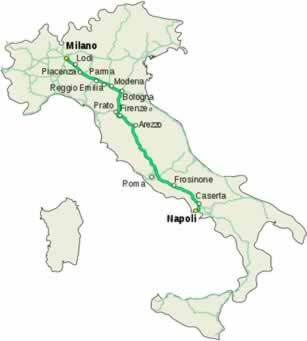The Sustainable Use Conservation Units with the Full Protection Conservation Units form the two types of Conservation units existing in Brazil. Both are created, protected and managed by the Federal Government, through the National System of Nature Conservation Units - SNUC. This system establishes criteria and norms for the creation, implementation and management of conservation units and is governed by the Law No. 9,985 of July 2000.
All conservation units are territorial spaces, including jurisdictional waters, with relevant natural characteristics, which aim to conserve nature. They have specific rules and characteristics that aim to guarantee the protection of these areas.
The Sustainable Use Protection Units seek to make the sustainable use of natural resources compatible with the conservation of nature, which is why they admit the presence of residents in the places. In these units, activities involving the collection and use of natural resources are allowed, provided that occur responsibly, not depleting environmental resources and harming processes ecological.
The Sustainable Use Conservation Units can be of seven types, they are: Environmental Protection area, Area of Relevant Ecological Interest, National Forest, Extractive reserve, Fauna Reserve, Sustainable Development Reserve and Private Natural Heritage Reserve. According to the Law No. 9,985, these units have the following main characteristics and objectives:
Environmental Protection Areas - they consist of areas with specific characteristics, whether biotic or abiotic, aesthetic or cultural, which are considered important for human well-being. The creation of these units aims to protect the biological diversity of the site and regulate the occupation process, in order to ensure the sustainable use of local natural resources. They can be public or private. In the latter, visitation and scientific research are allowed as long as they follow pre-established conditions.
Areas of Relevant Ecological Interest – these areas can be public or private and are characterized by having extraordinary natural characteristics or by harboring rare individuals from the regional biota. Due to these characteristics, its creation aims to protect natural ecosystems of regional or local importance and the proper use of these areas. Private appropriation is subject to the adoption of pre-established criteria.
National Forests – these areas can be public or private and have forest cover of predominantly native species. The main objectives of these units are to favor the sustainable use of forest resources and scientific research. Human occupation is not allowed in these places, except in cases of the existence of traditional communities in the place before the creation of the unit. Even so, these need to follow certain rules to continue occupying the place. Public visitation is allowed if it follows specific regulations, as is the case with scientific research on site, which is even encouraged. They can be of two types, State Forest, when created by the State, or Municipal Forest, when created by the Municipality.
Extractive reserve - these units are areas destined to extractive populations, that is, those whose subsistence occurs through subsistence agriculture and the raising of small animals. Extractive Reserves aim to protect these populations, their livelihoods and their culture. The exploration of mineral resources and amateur or professional hunting are not allowed on site as well. such as logging, which is only allowed in exceptional cases and if it takes place sustainably. Public visits and scientific research can take place on site, as long as they are in accordance with the unit's standards.
Fauna Reserve – these units are in the public domain, private appropriation is not allowed, in addition to being created to maintain animal populations from native, terrestrial or aquatic, resident or migratory species aimed at technical-scientific studies on their economic management and sustainable. There can be no hunting on site, whether amateur or professional. The trade of products and by-products arising from the research at the site is governed by specific regulations and provisions in the laws on fauna.
Sustainable Development Reserve – these areas are in public ownership and domain, and there can be no private appropriation. These natural units are home to traditional populations that live on sustainable systems of resource exploitation natural and that, by virtue of their way of life, contribute to the protection and maintenance of diversity. biological. They are created in order to preserve nature, in addition to ensuring the perpetuation, quality of the way of life and the exploitation of natural resources by traditional communities. Public visitation and scientific research are allowed and encouraged, as long as they follow specific regulations and purposes.
Private Natural Heritage Reserve - private area where a perpetual commitment was signed between the owner and the government to conserve biological diversity. In these areas, only scientific research and public visitation for tourist, recreational and educational purposes are allowed.
By Flávia Figueiredo
Graduated in Biology
Source: Brazil School - https://brasilescola.uol.com.br/biologia/unidades-conservacao-uso-sustentavel.htm



